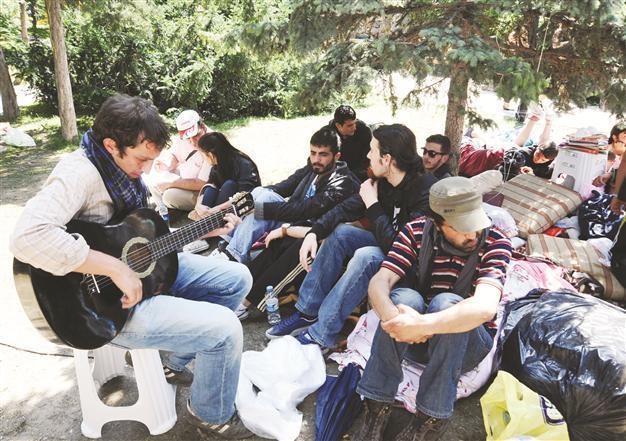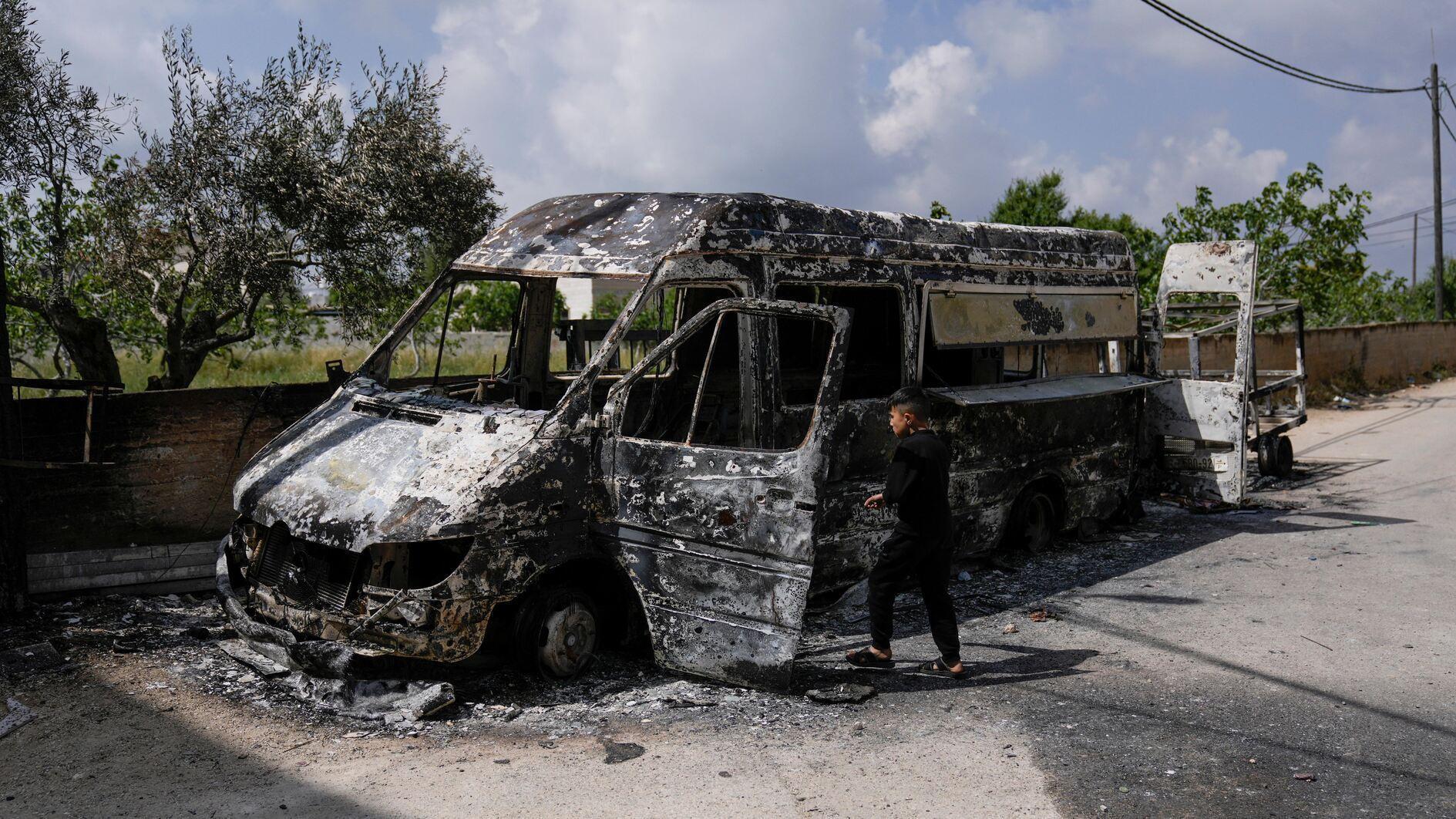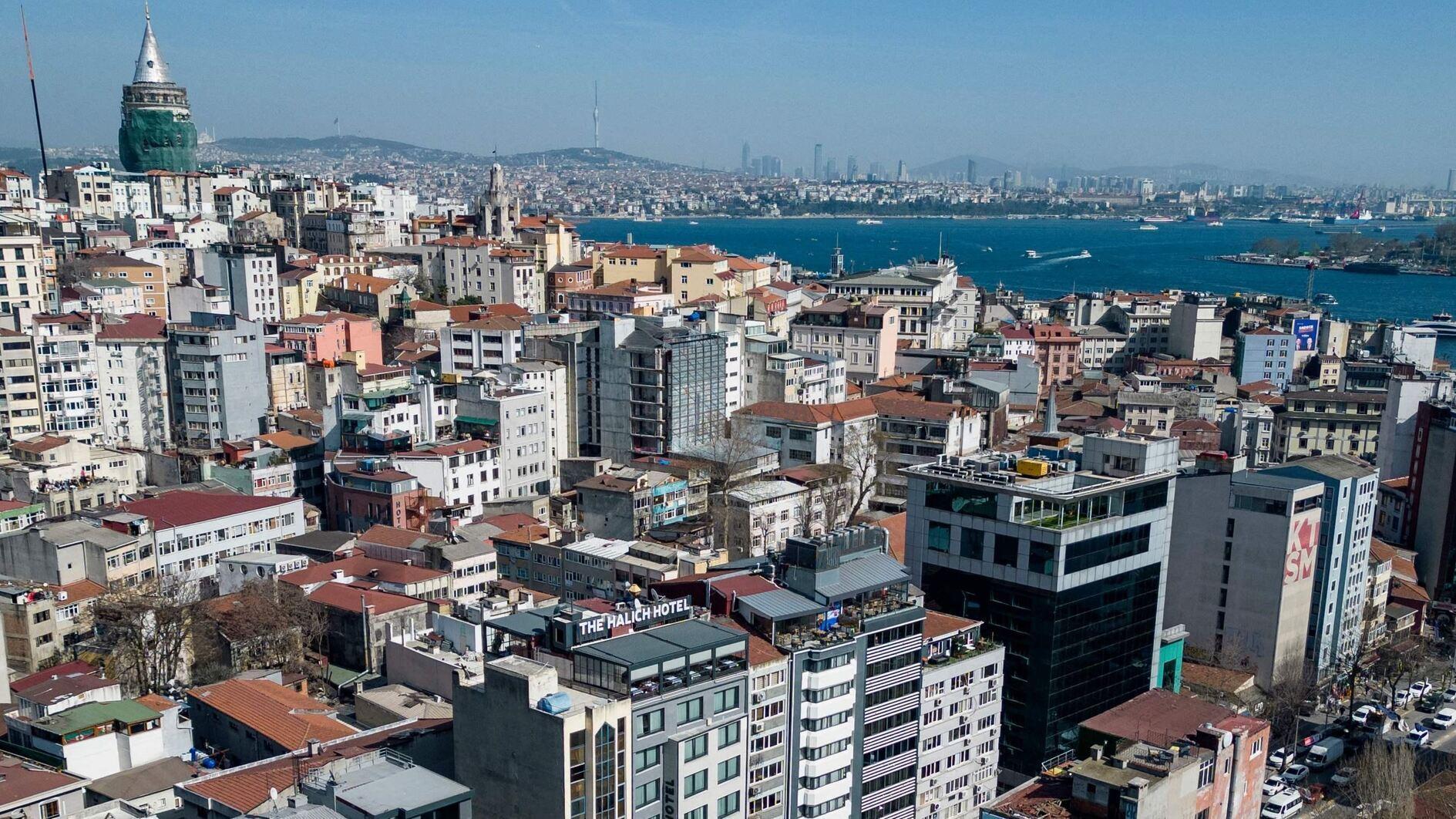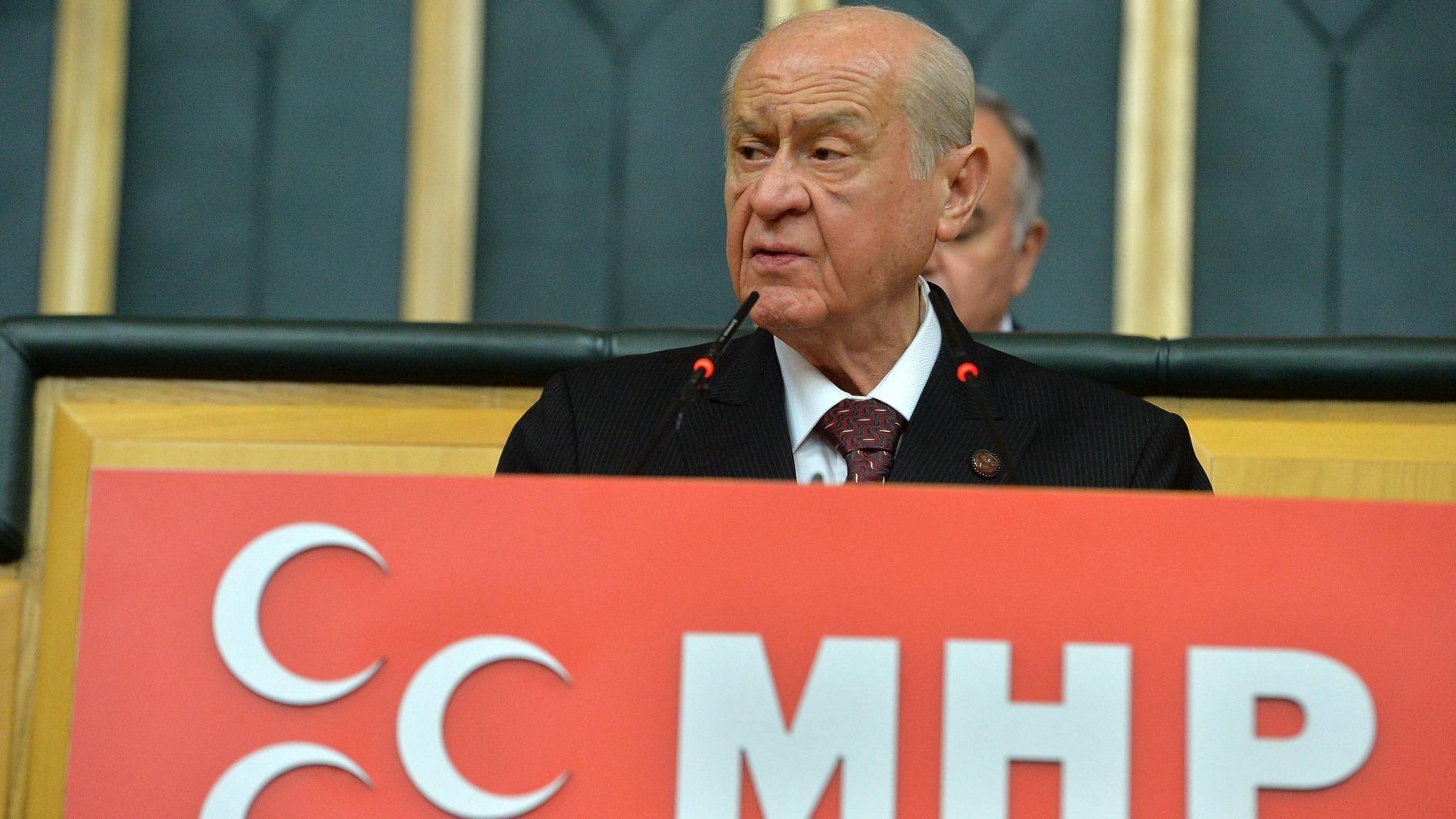Ankara stands solid, Kuğulu becomes symbol of resistance
Nisan Su Aras ANKARA - Hürriyet Daily News

‘Kuğulu Park has become an important symbol. After all, social struggles mostly operate through symbols,’ says Cenk Yiğiter, a representative of Eğitim-Sen. DAILY NEWS photos, Selahattin SÖNMEZ
While Gezi Park became the birthplace of an outcry of the people, where a naive demand to save trees transformed into a country-wide platform to voice objections, Ankara’s Kuğulu Park, like Kızılay Square, has become the scene of the grandest rallies organized in solidarity with Gezi.Over the past two weeks, Ankara’s solidarity protests have remained solid, despite fluctuating quantities, with masses gathering every day and night. The outshining of the two parks appears to be more than just a coincidence, as they have already turned into symbols of the resistance.
On June 13, it was the academics’ turn to shoulder the resistance. Some 100 academics marched to Kuğulu Park, while paying tribute to Ethem Sarısülük, a blue-collar worker whose brain-death has been confirmed after allegedly having been shot by a police officer in Ankara, and two other protesters, Abdullah Cömert and Mehmet Ayvalıtaş, who also lost their lives during protests.
Under normal circumstances, such a protest would have taken place in Kızılay, a frequent venue for masses to demonstrate for decades.
Starting from the early days of the protests, there has been a division between Kuğulu and Kızılay, where two separate rallies were held each night, unlike Istanbul’s geographical advantage of uniting Gezi and Taksim rallies. Kızılay has been more of a clutter where different organizations, most of them politicized, gather and where the police intervene more often, while Kuğulu was immune to intervention for several nights and the protests often took the form of an open-air party. Yet, there is no such immunity for Kuğulu anymore since a June 5 raid by the police.
“The park has been an important symbol. After all, social struggles mostly operate through symbols,” Cenk Yiğiter, a representative of the Education and Science Employees Union (Eğitim-Sen) universities office, who has been present at the protests from day one, said during the rally by academics.
While still admitting that academics in Turkey are known to be timid, Sibel Özbudun, an anthropologist at Hacettepe University, said their participation was significant. “Today, if even the academics are out on the streets, this really is a sign that the circle of fear is broken,” she said.
Taking control of Kuğulu is no easy task. The police have attempted to remove the tents on numerous occasions, and as of June 13, the tents of the protesters were seized. Mother Nature was not merciful either, as it rained thunderously on June 13, making it a new challenge to stand their ground.
‘First real civil movement’
After midnight, the police intervention began as usual, where a handful of survivors of the rain were confronted by squads of policemen using tear gas and water cannons. It has been reported that some protesters were taken into custody, while it was attempted to remove the press from the scene.
What makes these protests so different from other protests will for sure linger on.
“This is different from the movements of our era, in terms of form and practice. Theoretically too,” said Oktay Etiman, who actively participated during the 1968 student movement and was jailed on political grounds.
“The main difference between our movement and this is that we struggled to go among peasants and workers to make a difference externally, to bring consciousness. In 1971, this took the shape of an armed struggle,” Etiman said. However, this time, the protests of this generation were internally motivated and are peaceful, spontaneous and naïve, though very persistent against force, he added.
Since the protests swept the streets on many cities, with masses gathering, most see it rather as an underestimation to call them protests.
“This is a civil movement, a real civil movement. This has emerged for the first time in the history of Turkey, and maybe even in the history of the Ottoman Empire,” Etiman said. On the other hand, Özbudun calls this “a serious leap of consciousness.”
This movement has indeed its own traits, but beyond everything, people who take to the streets now know that they will not walk alone.
















